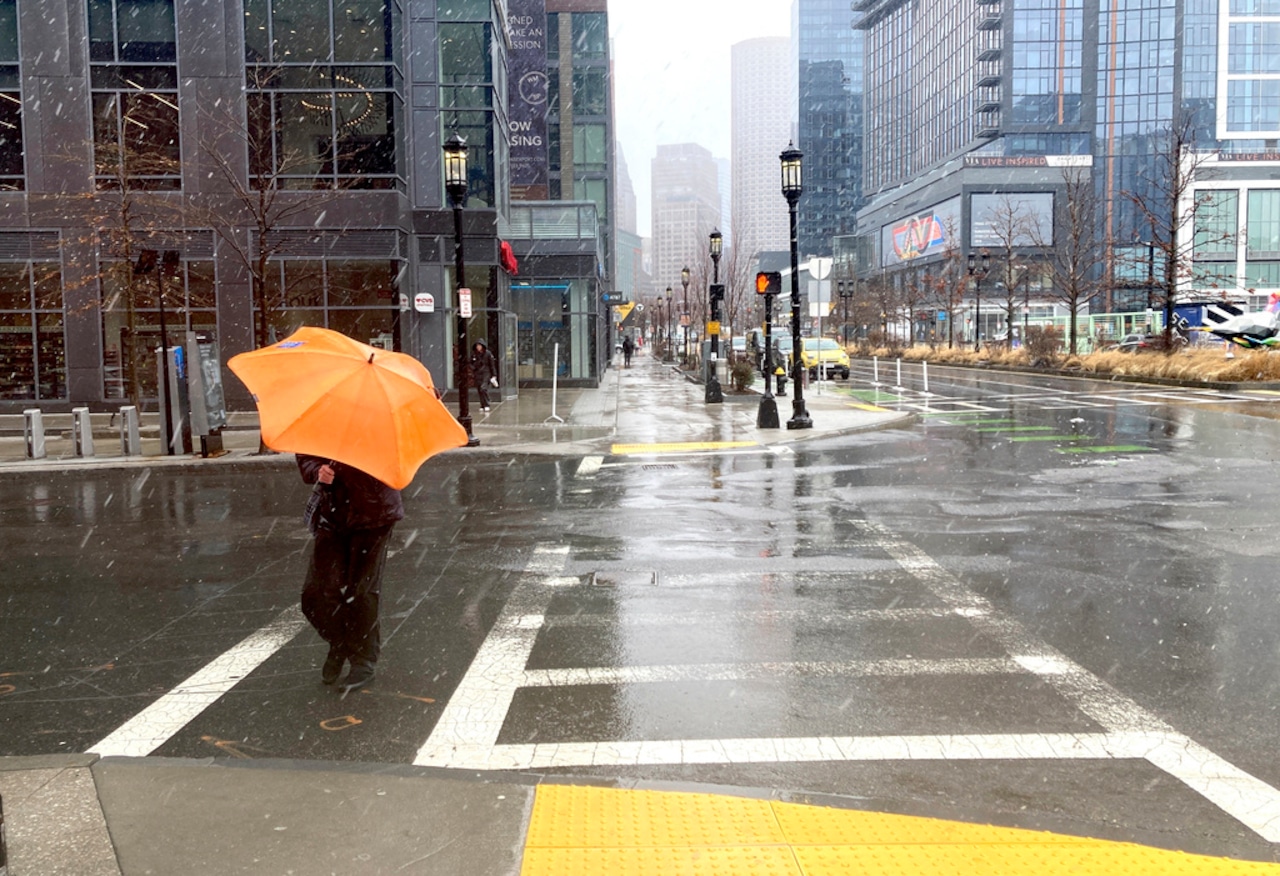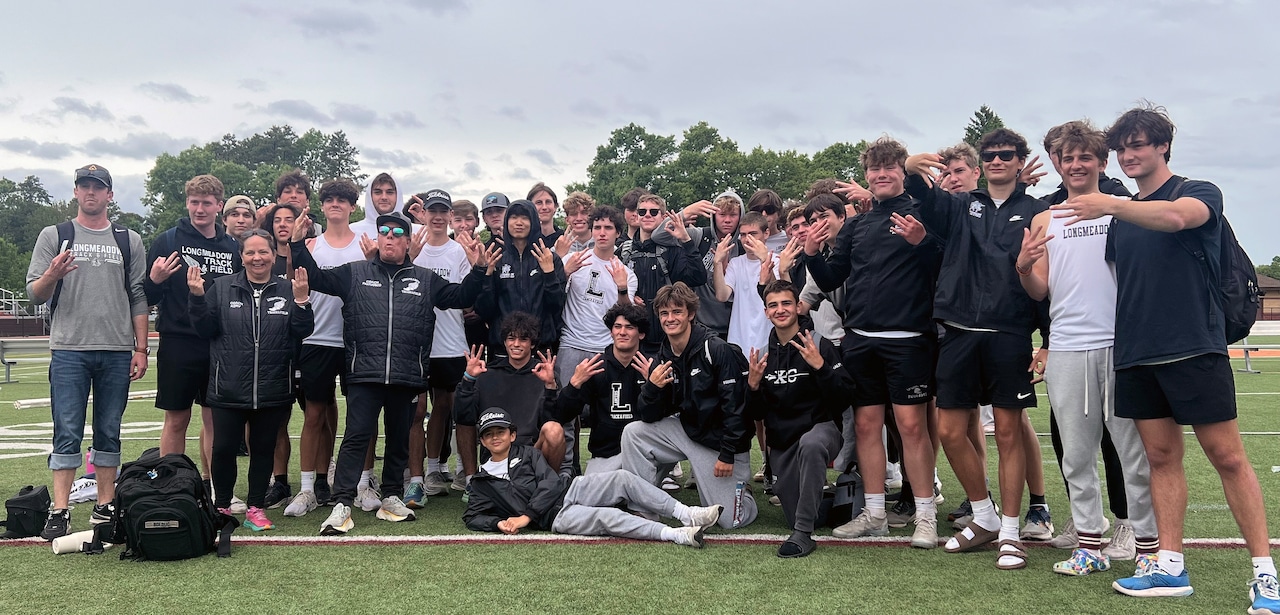In the absence of any real significant Red Sox news, we’re forced to look backward for the final MLB Notebook of the calendar year. For now, it’s all we’ve got.
The 2023 season was, to put it kindly, a disappointing one for the Red Sox, who finished last for the second straight year and third time in the last four. For the second straight season, the team was (nominally) in the playoff race until the trade deadline, only to, again, nosedive over the final two months.
A look back at the season that wasn’t, and how they got there:
1) Jan. 11. The year begins on a bright note, as the Red Sox announce a mammoth contract extension for third baseman Rafael Devers, an 11-year, $331 million deal. Following in the wake of trading Mookie Betts three years earlier and losing Xander Bogaerts to free agency the previous month, it felt like something the Red Sox had to do to mollify an increasingly unhappy fan base.
Devers becomes both the highest-paid player in franchise history, and, the face of the franchise.
2) Jan. 20. At the team’s Winter Weekend program in Springfield, the first signs of fan unrest appear. A panel featuring, among others, principal owner John Henry and chief baseball officer Chaim Bloom, takes questions from an unhappy group of fans and the answers elicit boos and catcalls.
Henry notes that owning a baseball team is expensive and says high-priced players result in high-priced tickets. Bloom is nearly drowned out by the crowd as he attempts to rationalize the trade of Mookie Betts and the team’s roster rebuild.
To suggest the rancor was a sign of things to come would be an understatement.
3) Late February/Early March. As spring training unfolds, the Red Sox are quickly greeted with a series of pitching injuries. Brayan Bello, of whom much is expected, is shut down in February after some forearm tightness and falls somewhat behind the rest of the rotation James Paxton, who didn’t pitch an inning the season before, suffers a hamstring injury in early March. Meanwhile, Garrett Whitlock, who had undergone back surgery the previous September, is progressed at a slower pace, guaranteeing that he, too, won’t be ready for Opening Day
None of the injuries, as it turns out, are serious and the trio miss only some of the first month. But again, it’s an ominous start to the season.
4) March 30, Opening Day. Almost by default, Alex Cora tabs Corey Kluber as his Opening Day starter. Cora had explained in spring training that he didn’t want Chris Sale to get caught up with the distractions of the Opening Day assignment and gives the veteran Kluber the honor instead.
Kluber, the sole new addition to the rotation over the winter, is ineffective in his Red Sox debut, needing 80 pitches to record 10 outs. He allows five earned runs in just 3.1 innings and will go on to make just eight more starts before being demoted to the bullpen, a $10 million bust free agent signing.
5) April 9, at Detroit. Outfielder Adam Duvall begins the season with a torrid stretch. In his second game of the year, he belts a walkoff homer to beat the Orioles, part of a four-hit, two-homer day. A few days later, as the Red Sox begin their first road trip of the season, he homers in each of the first two games in Detroit, giving him four in the first eight games.
But on the final day of a weekend series at Comerica Park, Duvall attempts to make a diving catch in shallow center field and lands awkwardly on his left wrist, fracturing it. It’s the second straight season in which Duvall has dealt with a major injury to the wrist. He’s sidelined for the next two months, during which time the Sox sorely miss his righthanded pop.
6) April 13, at Tampa Bay. The Red Sox drop their fourth straight to the Rays and are swept in the first meeting of the year with their divisional nemesis. Only the first game, a 1-0 loss, is close, as the Red Sox are outscored in the series, 26-12.
The Red Sox had hoped that the new balanced schedule, in which fewer games are played within their own division, would help them. And indeed, the Sox are far more competitive against the other teams in the East, winning the season series with both the Yankees and Blue Jays while narrowly dropping their season series to Baltimore, the eventual division champ. But the Sox are still no match for the Rays, going 2-11.
7) May 10, at Atlanta. Signs of life. The Red Sox finish off an impressive road trip against two top NL East playoff teams by splitting a series with the Braves, having taken two-of-three just before in Philadelphia. In the road trip finale, closer Kenley Jansen notches his 400th career save, becoming only the seventh reliever in baseball history to attain that milestone.
The Sox have won nine of 11, and it’s clear that they solidified the back end of their bullpen with the signing of Jansen. That win leaves the Sox seven games out of first place. Incredibly, they would get no closer the rest of the way.
8) May 12-14, Fenway. Two disturbing patterns would emerge at the start of a homestand as the Red Sox are swept by the St. Louis Cardinals. First: Fenway Park would be overrun by visiting fans as out-of-towners plan weekend visits to the venerable ballpark and in effect, take over the place.
Second, and as disturbing, the Red Sox are frequently outplayed, at home, by inferior National League opponents. Their past interleague dominance would be a thing of the past as the Sox lose home series to Pittsburgh, St. Louis, Cincinnati and Colorado, all of which would finish with losing records.
9) June 7-8, at Cleveland. In a 5-2 loss to the Guardians, Alex Verdugo fails to run hard between first and second on a force play and is replaced in the lineup in the bottom of the inning, though little is made of it. The next day, Verdugo is again absent from the lineup and manager Alex Cora acknowledges that Verdugo is being benched as a disciplinary measure for his failure to hustle.
Verdugo returns to the lineup the next night in New York and Cora insists that the incident is over with and forgotten. It will not be the last time the two are at odds.
(2 kB)
https://saturdaytradition.com/wp-content/uploads/2023/03/GameSense-Icon-2.png
espnbet.app.linkespnbet.app.link
ESPN BET
Explore our action packed sportsbook, loaded with exclusive odds boosts, custom offers and a suite of cutting-edge features. Fast load times, secure transactions and seamless navigation – ESPN BET serves up the ultimate online sports wagering experience. (20 kB)
10) June 18, Fenway. The Red Sox sweep a doubleheader against the Yankees to complete a series sweep at home while outscoring the visitors 25-8 and giving them five win in six tries against their longtime rivals in the span of 11 days.
But the good times wouldn’t last. By the time the Yankees return for their second visit to Boston in September, the Yankees will be in the process of leapfrogging them in the standings, relegating the Sox to the AL East basement.
11) July 28, at San Francisco. The start of a key West Coast trip kicks off with a 3-2 against the Giants. That victory gives the Red Sox a 16-5 mark over the previous 21 games and moves them to within a game and a half of the final wild card spot in the American League.
With just a few days to go beforer the trade deadline, it seems the Red Sox are forcing the front office to add rather than subtract.
12) Aug. 1, at Seattle. Just days later, the picture is very different. The Red Sox drop the final two games in San Francisco, then see the losing streak stretch to three in the series opener against the Mariners.
Deadline Day arrives with fans clinging to some hope that a move or two will be made. Instead, the only move the Sox make is to acquire infielder Luis Urias from Milwaukee. Chief baseball officer Chaim Bloom notes that the asking price for pitching help is too rich for the Sox to make a move. He also notes that the playoff odds — as calculated internally and by others — has them as “underdogs” to make the postseason.
13) Aug. 5, at Fenway. By now, Bloom’s comments about the Red Sox being underdogs has become a full-blown Thing. Bloom confesses that he didn’t anticipate the blowback that greeted what he had mentioned as almost a throwaway line. “I didn’t think I was making news,” he says. “We’re not in a playoff spot, so it is what it is.”
The remarks leave a mark in the clubhouse, and in coming days and weeks, some members of the coaching staff and Cora begin wearing shirts with the cartoon character Underdog splayed across the front.
14) Aug. 6, at Fenway. With the Red Sox’s playoff hopes slipping away and a big home series against Toronto going on, Verdugo reports to Fenway just two hours before the start of the game, earning Cora’s wrath again. Verdugo is scratched from the lineup, though, at the time, no reason is given.
After the game, Cora calls the entire affair “one of my worst days here in this organization,” and notes: “We took a step back as a team.” Oddly, Cora gives no reason for the benching, while Verdugo insists, contrary to the evidence, that he was on time.
15) Aug. 25-27, at Fenway. With the Red Sox still, against all odds, hanging around the wild card race, the team begins a big home series with the Los Angeles Dodgers, which features the return of Mookie Betts to Fenway. Betts is given a mostly rousing reception in his first at-bat, and Red Sox fans are cruelly reminded of a star who was traded away.
Betts enjoys a monster series at his former home, going 7-for-15 with four RBI. With each trip to the plate and each hit collected, Red Sox fans seem to be cheering more for Betts while taking out their frustration against the Red Sox.
16) Aug. 28, at Fenway. You might think the Red Sox have already bottomed out. Think again. Their playoff hopes barely flickering, the Sox begin a series against Houston, another team in the AL wild card mix. Starter Chris Sale pitches OK, but runs out of gas with two outs in the fifth, necessitating a call to the bullpen. In comes journeyman Kyle Barraclough.
The Astros light him up like a pinball machine with six runs in the sixth, but Cora doesn’t make a move as the Astros bat around against the reliever. He returns for more punishment, too, in the seventh and eighth, allowing two more runs in each frame. When the game mercifully ends, Barraclough is charged with allowing 10 runs in 4.1 innings with five walks, three hit batsman and 11 hits. Some theorize that Cora left in Barraclough to make a statement to Bloom.
17) Sept. 14, at Fenway. Before the start of a second doubleheader in the span of three days with the New York Yankees, the Red Sox announce that Chaim Bloom has been fired as chief baseball officer and that Brian O’Halloran is stripped of his GM title. Bloom lasted almost four seasons at the helm as the Red Sox begin the search for their fifth lead baseball executive since 2011.
Ownership doesn’t address the media, but team president and CEO Sam Kennedy does. “We’re aiming for World Series championships. That’s it. That’s the aim….We owe it to our fans to be decisive, aggressive and clear about the mandate, which is to get back to play(ing) baseball in October.”
18) Sept. 17, at Fenway. Two days after Bloom’s dismissal, the Red Sox lose to Toronto and drop below .500 for the first time since June 30. They will not get back above the break-even mark for the rest of the season.
19) Sept. 27, at Fenway. Prior to the final home game of the season, almost casually and without offering any context or further explanation, Cora reveals in a pre-game media availability that he will return to the Red Sox in 2024. When pressed, he refuses to say whether he’s been given that assurance from ownership. “I’m good. I’ll be here,’’ he says. “’ll be here next year.”
The announcement is a something of a surprise, since the assumption is that a new chief baseball officer would have some say in who manages the team.
20) Oct. 1, at Baltimore. Shortly after the start of Game No. 162, the Red Sox announce that Tim Wakefield, third in franchise history in wins, has passed away from a battle of brain cancer. Only days earlier, former teammate Curt Schilling had, against Wakefield’s wishes, revealed that Wakefield was battling a serious illness. Most had been unaware of Wakefield’s condition.
Wakefield’s long history with the Red Sox, dating back to 1995, and his tireless charitable work on the part of the Jimmy Fund, made him one of the most popular players in recent team history. His death casts a pall on the final weekend.
21) Oct. 2, at Fenway. In an end-of-season media session, Kennedy promises a more thorough search process for Bloom’s successor. He assures reporters that there will be plenty of interest in the position, despite the revolving door on the front office in the last decade.
“This is the Boston Red Sox,” he says. “If you want to run a baseball organization, this is where you want to be. You want to be in Boston. Why? Because it matters here more than anywhere else. So if you’re not up for that challenge, thanks but no thanks.”
In the weeks to come, “thanks but no thanks” will take on an entirely different context.
22) October. As the Red Sox search to replace Bloom begins in earnest, the team struggles to get traction. They’re rebuffed by several No. 1 executives, some of whom cite family considerations for their lack of interest.
It soon gets worse. The Red Sox approach at least two well-regarded general managers who are No. 2 decision-makers elsewhere — Sam Fuld with the Phillies and Brandon Gomes with the Dodgers — but both decline even the opportunity to interview for the position, despite having New England roots.
23) Nov. 2, at Fenway. The Red Sox introduce Craig Breslow as their new chief baseball officer. Breslow, who had pitched for the Sox over two different stints in his playing career, says: “I know what it takes to win here and I’m willing to make the hard decisions necessary to deliver.”
At the same press conference, team chairman Tom Werner vows that, in a bid to become playoff contenders again, the team will operate “at full throttle.”







